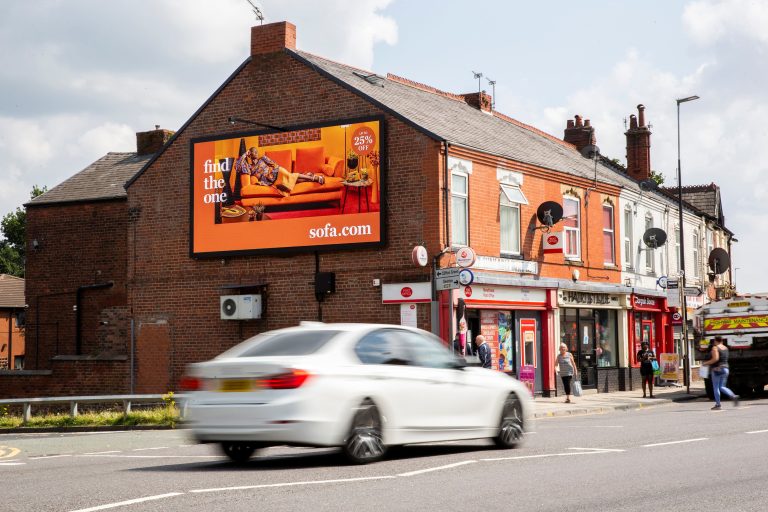Outdoor advertising leases emerge as a viable strategy amid mounting pressures on the private rental sector
The UK’s largest owner of outdoor media infrastructure, Wildstone, has reported a threefold increase in enquiries from residential landlords seeking to generate additional income by leasing billboard space on their properties. The surge comes against the backdrop of the forthcoming Renters’ Rights Bill, which is poised to deliver the most significant reforms to the private rented sector in decades.

Legislative Backdrop: A New Era for the PRS
Currently in its final stages before the House of Lords, the Bill will abolish Section 21 “no-fault” evictions, limit rent increases to once annually, end fixed-term tenancies, and prohibit bidding wars above the advertised rent. While welcomed by tenants’ groups, the reforms add to a series of pressures landlords have already faced, from rising mortgage costs to the withdrawal of tax relief.
Industry data suggests the impact is being felt across the sector. Research from buy-to-let lender Aldermore indicates that nearly a third of landlords (31%) are considering exiting the market, with 29% having already sold properties in the past year. Those remaining are actively exploring supplementary income streams to safeguard yields.
Billboard Leases: A “Second Tenant” Solution
Wildstone offers landlords an alternative model: partnering to install digital billboards on external walls or land adjoining properties in return for long-term rental income. Typical annual payments range between £4,000 and £6,000, with agreements often running for 8–20 years.
Mike Duty, Head of Development at Wildstone, describes the approach as akin to taking on a “second tenant”:
“The environment for landlords has become tougher year by year, and enquiries to us have tripled since the government’s initial White Paper on rental reform. Our leases provide a predictable, long-term income stream that can help offset squeezed margins. In many cases, billboard revenue has been the difference between retaining an asset and selling it.”
Beyond providing financial resilience, Duty notes that lenders are increasingly recognising billboard income as guaranteed revenue, supporting landlords in securing or restructuring mortgages.
Managing the Process: From Planning to Installation
Wildstone manages every stage, from site valuation and planning applications to construction and maintenance. While only around 5–10% of landlord enquiries are deemed viable—depending on factors such as traffic flow, visibility, and local planning regulations—the pipeline continues to grow.
On average, the process from enquiry to installation takes six months. “It isn’t a short-term fix,” Duty acknowledges, “but once a screen is in place, landlords benefit from secure, hassle-free revenue without any ongoing costs.”
Outlook: Rising Interest Post-Legislation
Duty anticipates that demand will increase further once the Renters’ Rights Bill receives royal assent:
“What we are seeing now is just the beginning. As the new regulatory framework comes into force and landlords fully appreciate the implications, we expect interest in outdoor media partnerships to rise significantly.”
For landlords navigating shrinking margins and rising compliance obligations, outdoor advertising may provide a rare opportunity: a stable, long-term income stream that strengthens balance sheets and helps futureproof investments in a rapidly shifting market.


